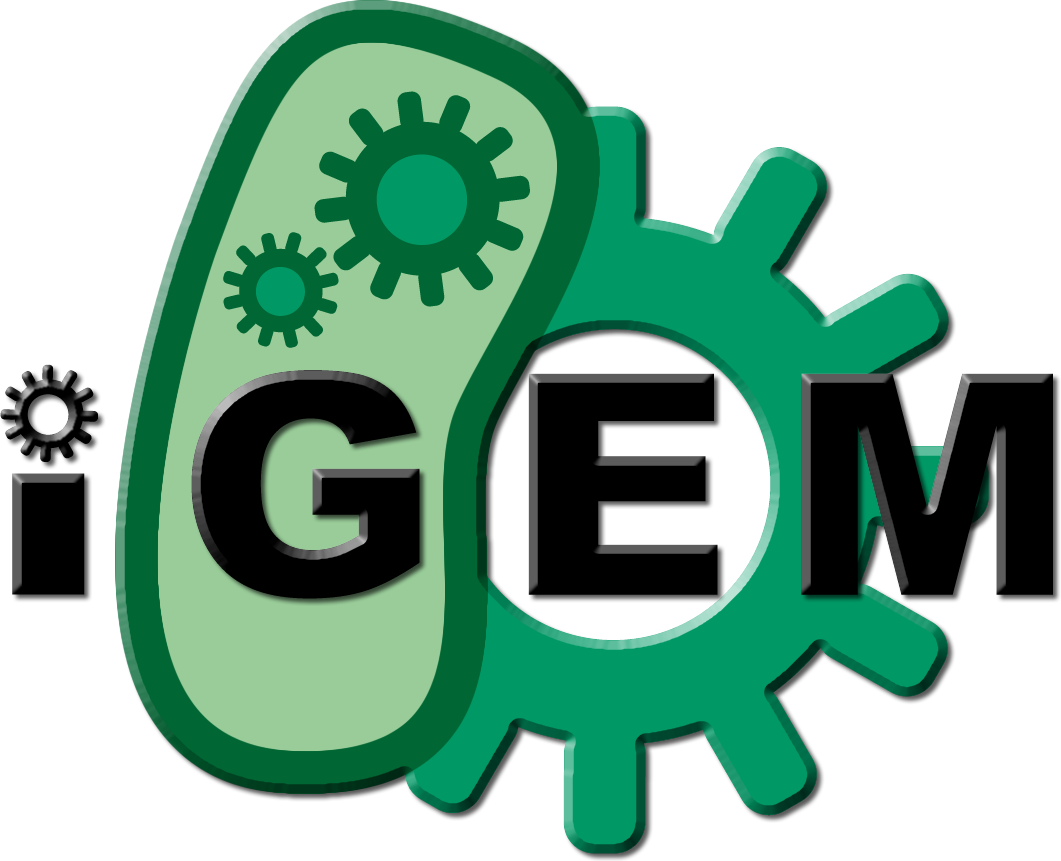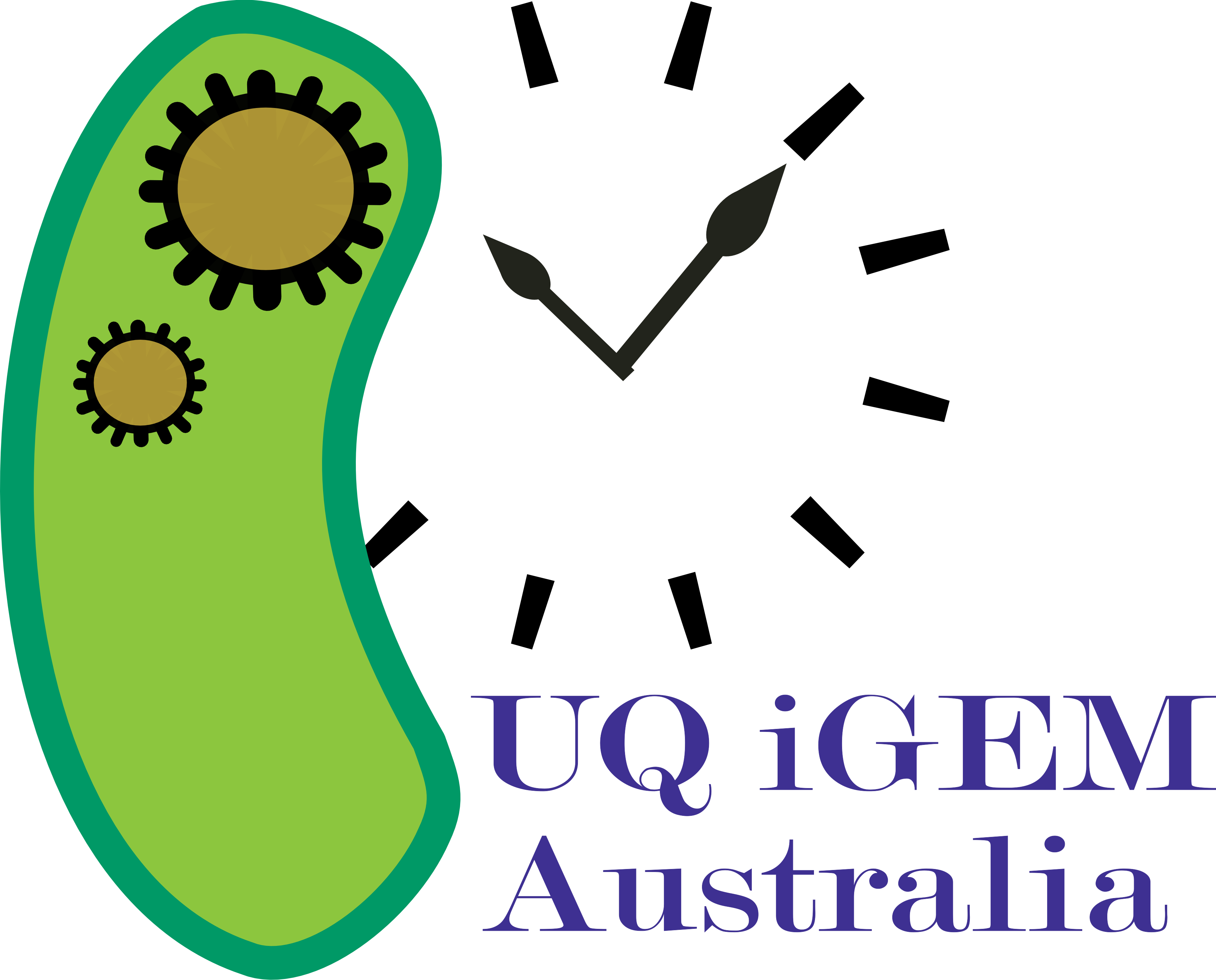Team:UQ-Australia/Project
From 2011.igem.org
| Line 32: | Line 32: | ||
| - | === <span style="color:#D4A017"> | + | === <span style="color:#D4A017">Motivation and Background</span> === |
| - | + | In humans, the circadian rhythm is controlled by several core genes that operate via a series of feedback loops (Figure 1). A transcription–translation negative-feedback loop powers the system, with a delay between the transcription of these genes and the negative feedback being a key factor that allows the system to oscillate [1] | |
| + | |||
| + | <b>Figure 1: The gene network responsible for establishing the circadian rhythm in humans [1]</b> | ||
| + | |||
| + | [[File:Mammalian.png]] | ||
=== <span style="color:#D4A017">Modelling</span> === | === <span style="color:#D4A017">Modelling</span> === | ||
| Line 49: | Line 53: | ||
The Human Practices section is on the [[Team:UQ-Australia/Human_Practices|Human Practices]] | The Human Practices section is on the [[Team:UQ-Australia/Human_Practices|Human Practices]] | ||
| + | |||
| + | |||
| + | === <span style="color:#D4A017">References</span>=== | ||
| + | |||
| + | [1] Gallego, M & Virshup, DM 2007. "Post-translational modifications regulate the ticking of the circadian clock", <i>Molecular Cell Biology</i>, vol. 8, pp. 139-148. | ||
Revision as of 03:09, 5 October 2011
 "
"







